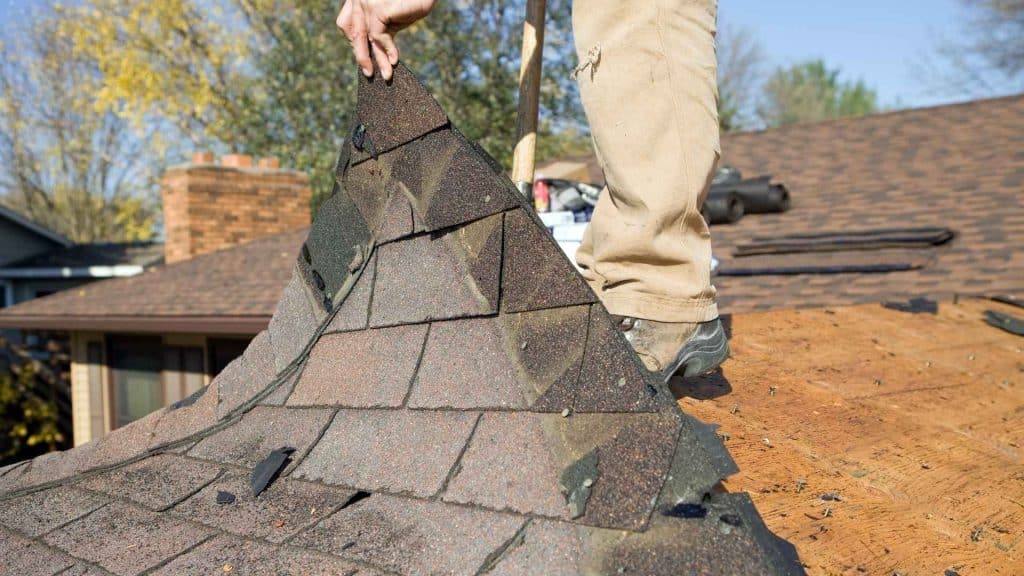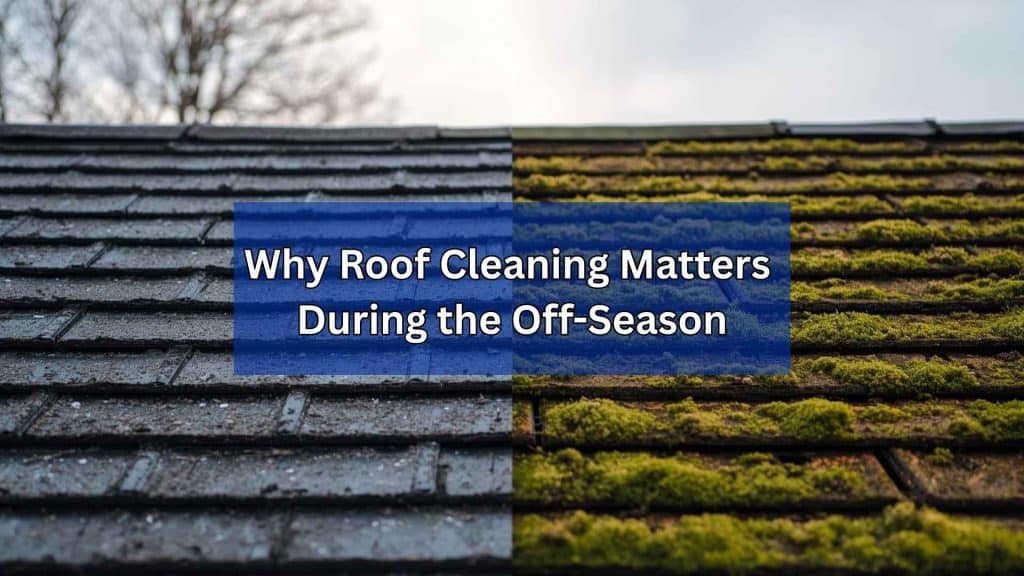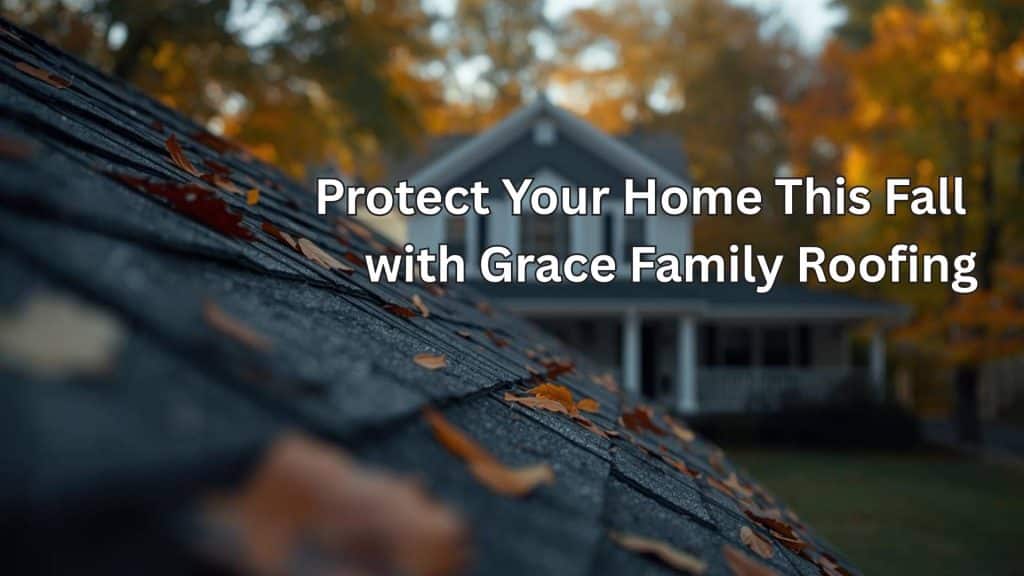When a roof shows wear or starts leaking, the big question is whether a targeted fix will do or if a full replacement is smarter. The right choice protects your home, budget, and peace of mind. This concise guide explains the tradeoffs, shares telltale signs, and gives practical examples to help you decide confidently.
Understanding The Difference
- Repair addresses specific problems—replacing a few shingles, re-securing flashing, or fixing a cracked pipe boot.
- Replacement removes most or all materials down to the deck and installs a complete system: underlayment, flashing, metal edges, shingles, ventilation, and accessories.
Repairs are typically quick and affordable, but they only make sense if the rest of the roof is sound. Replacement costs more upfront, yet resets the clock on protection and warranties.
When Repair Makes Sense
Choose repair when:
- The Roof Is Young: You are well within the expected service life, and the issue is isolated.
- Damage Is Localized: A small section lifted by wind, a minor flashing defect, or a single failed pipe boot.
- The Deck Is Solid: No soft spots, rot, or widespread moisture.
- No Systemic Red Flags: No curling, cupping, bald patches, or recurring leaks across different areas.
- Timing or Budget Matters: A proper repair can buy time to plan for a future reroof.
When Replacement Is Wiser
Opt for replacement if:
- Age Is Showing Everywhere: Shingles are brittle, curling, or losing granules across large areas.
- Leaks Multiply or Return: Recurring leaks point to system failure or poor past installation.
- Hidden Damage Exists: Soft decking, wet insulation, or pervasive flashing defects.
- Storm Impact Is Significant: Broad hail bruising, dented metals, or wind uplift across slopes.
- You Need Upgrades: Replacement lets you correct ventilation, improve ice protection, and install a coordinated system.
Cost And Value Considerations
- Initial Cost: Repairs cost less today. But recurring service calls add up and may not solve root causes.
- Lifetime Value: If repair costs approach a meaningful share of replacement on an aging roof, replacement is often more economical over time.
- Insurance and Resale: Widespread storm damage may qualify for insurance. A documented new roof supports appraisal and buyer confidence better than a patchwork of fixes.
- Warranty and Peace of Mind: A properly installed system can qualify for stronger manufacturer and workmanship coverage.
Risks Of Waiting
Delays can convert minor issues into major repairs:
- Water Intrusion: Wet insulation, stained ceilings, and mold risk.
- Deck Deterioration: Soft sheathing expands the scope and cost later.
- Hidden Exterior Damage: Missing kickout flashing or faulty step flashing can soak wall sheathing behind siding.
- Energy Loss: Poor ventilation and damp insulation reduce efficiency.
Act promptly when you notice stains, musty odors, or active dripping—especially after wind‑driven rain.
What A Professional Assessment Includes
A trustworthy evaluation looks at more than missing shingles:
- Exterior Overview
-
- Shingle condition, granule coverage, uniformity, and wind uplift
- Flashing at walls, chimneys, valleys, skylights, and penetrations
- Drip edge, gutters, and water flow paths
- Attic And Interior Check
-
- Stains, damp insulation, daylight through the deck
- Ventilation balance: intake at eaves, exhaust at ridge or roof vents
- Moisture And Deck Integrity
-
- Probing suspect spots
- Special attention to valleys and roof‑to‑wall transitions
- Clear Options And Scope
-
- Photos and plain‑language recommendations
- Material choices, flashing approach, underlayment, and ventilation upgrades
General Example Scenarios
- Localized Pipe Leak: A vent boot’s rubber collar cracked with age. Surrounding shingles and decking are sound. Replacing the boot and integrating new flashing stops the leak.
- Roof‑To‑Wall Trouble: Water stains appear near a two‑story wall where a lower roof ties in. The original installer used continuous flashing and no kickout. Correcting with step flashing, counterflashing, and a kickout may work; if shingles are brittle, a larger section or full replacement is wiser.
- Hail Event: Dented metals and bruised shingles are scattered across multiple slopes, with granules piled in gutters. Spot fixes will not restore uniform protection; a full replacement is typically recommended, often via an insurance claim.
- Aging and Overheated Attic: Several small leaks accompany widespread curling shingles. Upgrading ventilation during replacement offers a durable solution.
Key Materials If You Replace
- Underlayment: Synthetic underlayment for broad coverage plus self‑adhered ice‑and‑water membrane at eaves, valleys, and penetrations.
- Flashing and Metalwork: Proper step and counterflashing, formed valley metal where appropriate, drip edge at eaves and rakes, and kickout flashing at gutter terminations.
- Shingles: Architectural or impact‑resistant options suited to local weather and budget.
- Ventilation: Balanced intake and exhaust protect shingles, mitigate ice dams, and help indoor comfort.
- Accessories: Durable pipe boots, matching ridge caps, and compatible fasteners and sealants.
Selecting components as a coordinated system improves performance and warranty eligibility.
Maintenance After Repair Or Replacement
- Keep Gutters and Valleys Clear: Ensure water can move freely off the roof.
- Trim Overhanging Branches: Reduce debris and abrasion on shingles and flashing.
- Inspect After Major Storms: From the ground or via photos, look for missing shingles or lifted metals.
- Check the Attic Periodically: Watch for damp insulation, dark stains, or musty smells.
- Schedule Routine Pro Checks: An annual visit can catch small issues before they grow.
How To Prepare For Either Path
- Document Issues: Photos and dates of leaks, ceiling stains, and storm events help inform assessments and insurance claims.
- Stabilize Temporarily: Buckets and tarps can protect interiors briefly, but arrange a prompt professional visit to ensure long-term stability.
- Compare Written Scopes: Evaluate materials, flashing details, ventilation, and cleanup—not just shingle brand and price.
Quick FAQs
- Does One Leak Mean I Need A New Roof?
-
-
- Not necessarily. Age, overall condition, and whether flashing is at fault will guide the decision.
-
- Can Repairs Void Warranties?
-
-
- Proper, documented repairs with compatible materials typically do not; sloppy fixes might.
-
- Can I Replace Just One Section?
-
- Sometimes, but matching color and age is tricky. Evaluate performance and appearance impacts.
Count On Grace Family Roofing
Choosing between repair and replacement should be based on evidence, not guesswork. The best decision weighs age, overall condition, and the integrity of high‑risk transitions like valleys, chimneys, and roof‑to‑wall joints. Grace Family Roofing evaluates roofs as a complete system, explains findings in clear terms, and prioritizes correct layering, secure flashing, and balanced ventilation. If you want straightforward guidance and workmanship that focuses on the small details that prevent big problems, schedule an evaluation with Grace Family Roofing. You’ll get honest options, a detailed scope, and a plan that protects your home for years to come.



